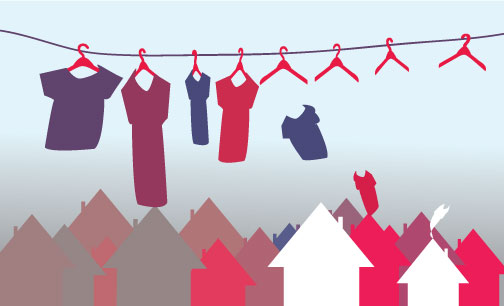Albany High School Graphic Design
Student Showcase 2007-2022
- A Problem To Solve
- Blend Tool Poster
- Book Covers
- Editorial Clipping Mask
- Editorial Graphic
- Flatten The Curve
- Focal Points
- InDesign Spread
- Pen Tablet Sketch
- Perf Film Windows — C106
- Photoshop Brush Face
- Product Flyer
- Product+Company Mashup
- Signs & Symbols
- Something is Back!
- Spec Ad—Poster
- T-shirts & Apparel
- Text-heavy Billboard
- The Perfect Color
- Thinking With Type
- Typeface Postcard
- Volleyball Poster
- Zachary’s Poster
- Things My Friends Say
- Journalism/Security Free Choice Assignment
- AHS Front Photoshop
- A Problem To Solve
- Blend Tool Poster
- Book Covers
- Brandmark Practice
- Editorial Clipping Mask
- Editorial Graphic
- Flatten The Curve
- Focal Points
- InDesign Spread
- Pen Tablet Sketch
- Perf Film Windows — C106
- Photoshop Brush Face
- Product Flyer
- Product+Company Mashup
- Signs & Symbols
- Something is Back!
- Spec Ad—Poster
- T-shirts & Apparel
- Text-heavy Billboard
- The Perfect Color
- Thinking With Type
- Typeface Postcard
- Zachary’s Poster
- Things My Friends Say
- Journalism/Security Free Choice Assignment

Xiaojun Zhang
PROFILE/DESCRIPTIONThe hopeful laundry Jan 7th 2010 | CLEVELAND, OHIO From The Economist print edition Micro-projects aim to restore a shattered area FOR decades, they have stood in stark juxtaposition: the manicured landscapes and tranquil grounds, the Van Goghs and Monets displayed in cavernous marble halls; and the abject poverty, crime and joblessness just outside. University Circle is home to Cleveland’s most cherished cultural and public-service gems, institutions built with the wealth of Ohio’s long-gone industrial era of steel and manufacturing: the Cleveland Museum of Art, Severance Hall, Case Western Reserve University and the city’s famous hospital district, centred on the Cleveland Clinic. But encircling this oasis of gentility, the six surrounding neighbourhoods languish, home to 43,000 mostly black residents living in households where the median income is $18,500. A wave of recent foreclosures and the perennial signifiers of urban decay abound—drugs, crime and intractable unemployment. Despite the millions spent on job-training programmes this ring of impoverished neighbourhoods remains a gloomy gauntlet to be run by the 45,000 workers driving into the area daily, and a safety threat on evening outings to the Cleveland Orchestra. The recession has exacerbated the divide, as has the billion or more dollars poured into expansion projects in the University Circle area in recent years. Four cranes block out the skyline, but the foreground is row upon row of boarded-up houses and shuttered storefronts. The Cleveland Clinic, Case Western Reserve University and University Hospitals are powerhouses of economic activity, spending a combined $3 billion on goods and services annually. But little of that money stays local. So what if some of that financial largesse could be deployed within the surrounding city blocks, creating assets and new wealth within the underclass? If it seeped out not via insecure low-wage jobs, but jobs offering living wages and benefits, even entrepreneurial businesses that workers could own? That is the idea behind the Evergreen Co-operative Initiative, an effort aimed at closing this wealth gap by creating 10 green, for-profit businesses that local residents will own and operate. The Evergreen Co-operative Laundry opened in October 2009 after spending $5.7 million in start-up costs on building and equipment. Ohio Solar Co-operative, a solar-panel installation company, also launched in October. Green City Growers opens later this year and will grow lettuce and herbs on 14 acres of once-abandoned lots, selling produce to nearby hospitals and competing with goods trucked in from Californian farms. Each of the ten projects aims to employ around 50 local workers. On a cold and rainy December morning, eight workers bustle inside the Evergreen Co-operative Laundry. The staff load dirty bed sheets and towels onto a conveyor belt which runs into an industrial-sized, energy-efficient washer that uses a third of the water of traditional machines. After the load is washed, Mienyon Smith studiously places the sheets into an enormous roller that irons the damp whites dry. It’s the first time this 31-year-old mother of five has earned more than minimum wage in her life, let alone contemplated the idea of owning a business. After eight years with the company, she could own a stake worth $65,000. “I just plan on being here for a long, long time and being a role model to my kids,” she said, during a break. “I can say I was the first to lay the foundation for Evergreen to be everywhere in the neighbourhoods.”